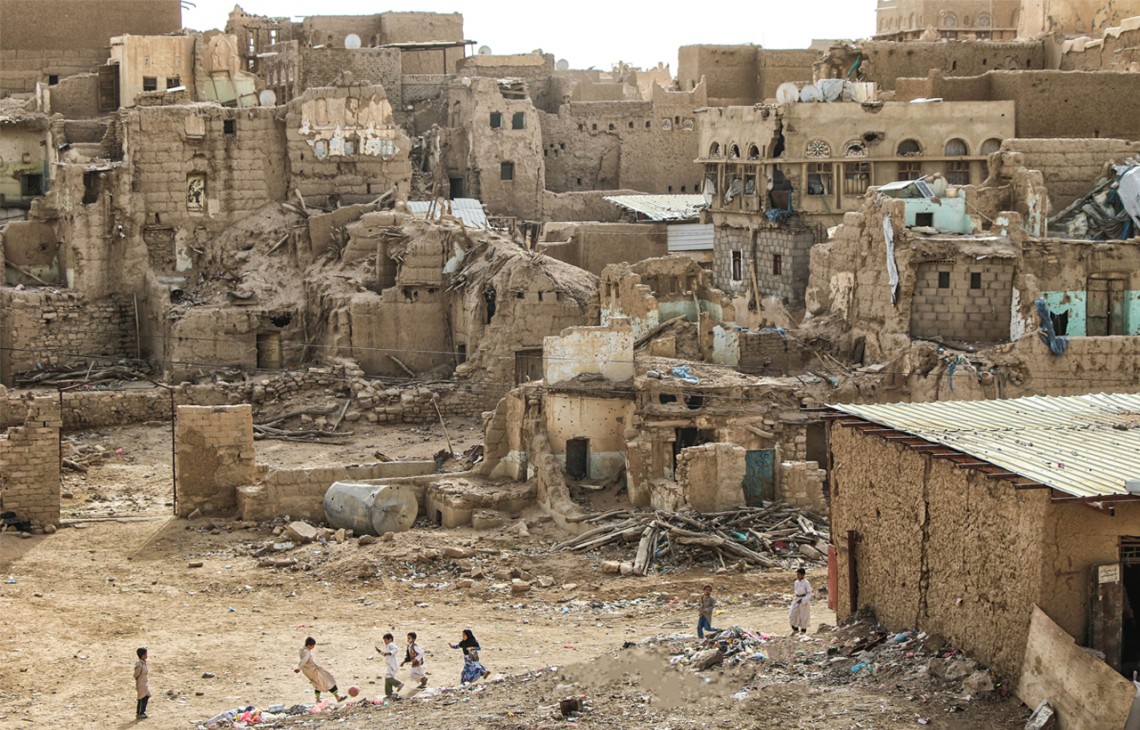Yemen has dense infrastructure projects that focus on restoring roads and streets inside the main cities, which consumed huge funds during the past years of the war.
Infrastructure projects raise several questions, given their economic and developmental ineffectiveness. At the same time, some streets are paved more than once a year when the rains and torrents sweep with them millions of dollars wasted in projects ravaged by corruption.
The expert in road projects, Eng. Zahir Al-Salami, affirms that most international funds and financial funds have tended since the beginning of the war to allocate their funds in road projects, especially in cities.
Yemen needs Infrastructure
Consulting offices, like Al-Salami asserts, work carry out the needed technical and advisory procedures and define the implementing institutions in full joint coordination with some public authorities.
The total length of the road network in Yemen, according to official statistics, is about 50 thousand kilometers, of which 16 thousand kilometers are paved roads (asphalt). There are 36 thousand kilometers are rugged gravel dirt roads whose condition are poor due to the bad engineering and maintenance.
The war in Yemen tightened the screws on the Yemeni citizens, regions and cities, which caused them to be divided with the change of the main traffic lines and the development of alternative rugged and arduous mountain roads.
Road crisis
The road crisis has caused an increase in the costs of transportation and commercial transport. The costs are now 200% more than they were before the war in major traffic lines such as those that link Sana’a and Aden.
The cost of the trip on this route for a single traveler is about 17 thousand riyals (one dollar = about 600 riyals in Sana’a) in the new, rugged and difficult roads that make the journey extend to more than 12 continuous hours.
The effects of the deterioration of roads between Yemeni cities and regions include an exacerbation with the lines of transporting goods across the main lines. For example, the Al-Aber line extending from Al-Wadiah, the border crossing with Saudi Arabia from the southeastern side to the various major cities.
Merchants and travelers on the rugged internal roads linking Yemeni cities and regions, as well as between import ports and transportation through cities, complain of the deliberate neglect shown by the parties to the conflict in Yemen.
These roads, many of which are in ruins, neglected and fragmented, are a major network for food and pharmaceutical supplies and transportation for travelers.
Keep reading: Yemeni Economy Loses $93 Bn During The Past 6 Years Due To War























































